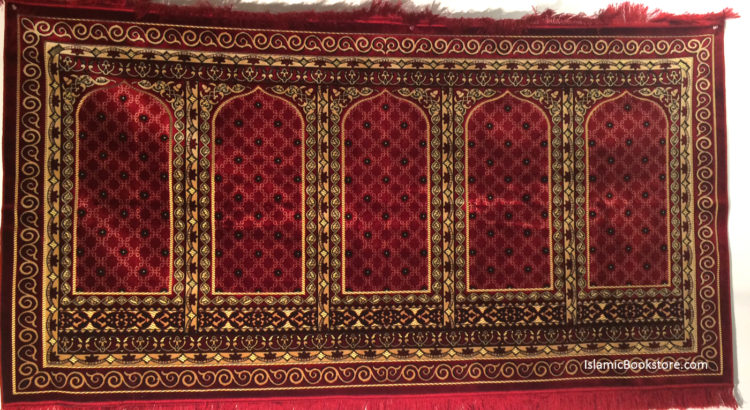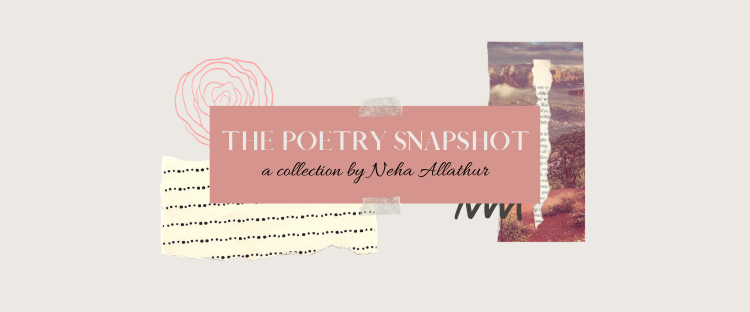
Tag: welcome week reading list

Ready for the World: Active Compassion

This week, I talked with Estrella Salgado, a junior studying history with a minor in Museum Studies. She told me all about the perks of the minor, rude people, and her commitment to the power of museums. You can find her at the U-M Museum of Natural History, where she works as a docent.

Art in the Form of a Prayer Rug
 “The carpet is very beautiful,” the Chinese shopkeeper at the dry cleaning kept saying as he handed me back the prayer rug. “It is,” I said as I thought to myself yeah it is pretty.
“The carpet is very beautiful,” the Chinese shopkeeper at the dry cleaning kept saying as he handed me back the prayer rug. “It is,” I said as I thought to myself yeah it is pretty.
The prayer rug is a piece of cloth, sometimes a carpet that a Muslim places between the ground and themselves so that they can remain clean when performing a prayer.
When the shopkeeper mentioned the comment, then only did I realize that this piece of cloth I’ve been keeping around and praying five times a day on, is a piece of art. Its vibrant colors, geometric and symmetrical designs and soft texture combine to create a peaceful praying experience. I recall admiring and tracing the designs with my eyes as a teenager during long periods of prayer (admittedly, not focusing on the prayer). The beautiful ones always struck out to me, woven with complementing colors and aesthetically pleasing patterns.
One feature of prayer rugs is that it never features animals or living things on it. This is because of aniconism. Aniconism is the avoidance of images of sentient beings in Islamic art. Sentient beings include animals and human beings. This is interpreted from a belief Muslims hold that creation of living creations can only come from God as well as a prohibition of idolatry. Thus over the centuries, religious art has always excluded any use of human figures or animals. Therefore, Muslims artists turn to abstract floral patterns, geometry and calligraphy for inspiration. 
Another feature that is sometimes seen in prayer rugs is that either the Kaaba or a mosque can be seen. Kaaba is the shrine in the most important mosque for Muslims and Muslims direct their prayers towards the Kaaba. The Kaaba is associated with various prophets, especially Prophet Muhammad (peace be upon him).
When using a prayer rug, one is also suppose to orient the rug towards the direction of the Kaaba using the right side of the rug. In the first picture, the side of the mosque should be in the direction of the Kaaba, not the other way around. Prayer rugs also come in many colors and designs, from green hues to pretty pastels, making it impossible to choose just a boring one when you could get a prettier one (although more expensive).
Some prayer rugs tell stories too. Certain older designs from centuries back reflect patterns distinctive to certain tribes. Some prayer rugs are valuable depending on when it was produced, sometimes costing up to $300. Certain prayer rugs are displayed, deemed too precious to pray on.
In the end, this mundane everyday object is what made me think hm this too is art.



(Picture credits: Google Images)

Lucy Liu’s Little-Known Art Career
I recently discovered, to my pleasant surprise, that actress Lucy Liu, a Michigan alum, is also a talented fine artist who previously worked under her Chinese name, Yu Ling. Under this alter ego, Liu has sold and auctioned her work for hefty prices up to $70,455. Working with painting, sculpture, collage, ink, and a plethora of other media, Liu’s detailed, intricate work calls upon themes of love, lust, and vulnerability.
Liu has had experience in the art world since her teenage years, and has been featured in both solo and group art shows across the globe for almost three decades. Her work is rich in color and texture, and deeply intimate–thus why she only revealed her true identity in a book a few years ago. Liu explains that “it was incredibly liberating… it gave me a sense of truth in my art and how it was viewed.”
One of Liu’s notable works of art is a collection of books called Lost & Found, which features cutouts filled with discarded found objects. She jokes that people make fun of her for salvaging scraps such as soda tabs or pieces of string for example, but uses these objects as aa invitation for reflection.


Furthermore, Liu also creates intriguing erotic paintings, styled after the shunga Japanese art of the 17th century. Such paintings depict women kissing, engaging in intercourse, or simply connecting as humans. Her paintings, rife with dynamic brushstrokes and vibrant color truly show her versatility as an artist.



(All images from Lucy Liu)

The Poetry Snapshot: Power of Words
Billion of words, glistening in a void.

All these words shine on their own,
but we string them together into
magnificent constellations to share stories.
Some words are powerful suns
that can bring light to a dark life-
or burn a life down to ashes.
Other words shoot out of us in the moment,
they fulfill spontaneous wishes or cause regret.
People never forget words.
At the end of the day, without fail,
words shine brilliantly
and remind people that we will
forever live under them.

Marge Makes Comics #12: “Anatomy”, A Bare Bones Horror Story


Continuing the spooky theme with a little comic about my favorite horror game! I don’t want to spoil it too much, but needless to say it’s a really amazing game with an atmosphere like no other.
(This video by Jacob Geller also really hits home why I love this game so much, check it out!)

